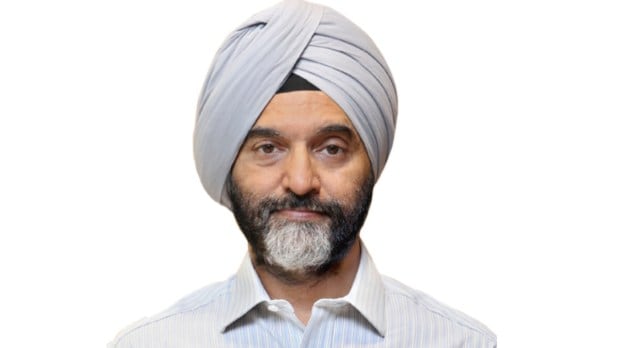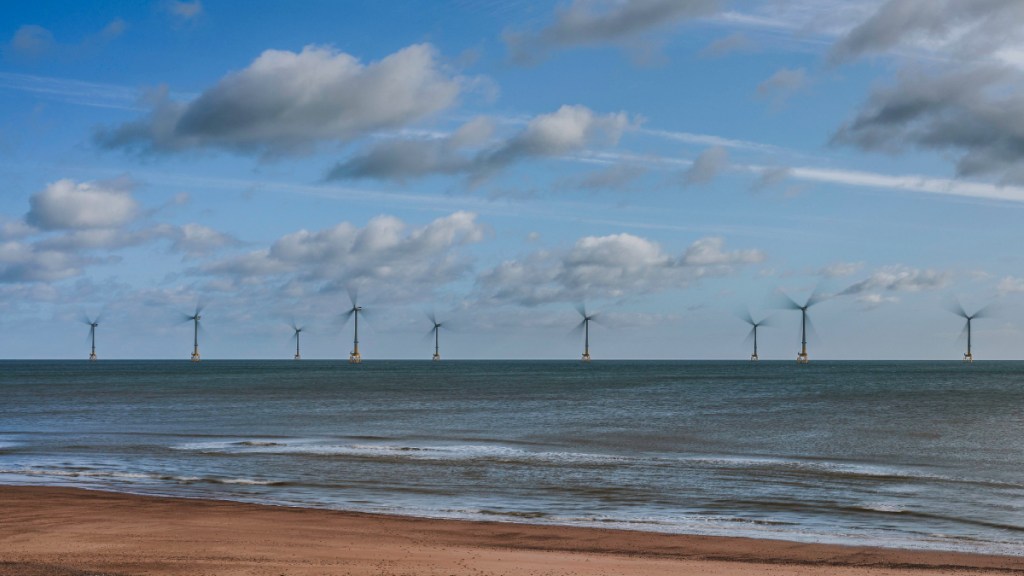The focus of the Indian government to promote renewable energy has been quite commendable, from focusing on solar energy, offshore wind energy to storage. The country has set an ambitious target of achieving 500 gigawatts of energy production to come from non-fossil fuels, mainly renewable energy.
In a select media interaction on the sidelines of the G20 Summit in Mumbai, Bhupinder Singh Bhalla, Secretary for the Ministry of New & Renewable Energy (MNRE) said that India would need 200GW per hour of battery storage by 2030. This would mean the country would need to find a fine balance of battery storage in the medium to long-term while pump storage could act as a solution for the short-term.

This he says is because of the high cost of batteries at present, which at present is estimated to cost about Rs 10 per unit, versus pump storage of Rs 6 per unit of energy storage. To support this the government is working on draft PLI Scheme on battery storage (focus towards renewable energy storage).
500GW of renewable energy production by 2030
India’s economic growth has been amongst the highest globally and is expected to outshine many other South Asian countries, but at the same time, this also means that the energy needs of the country must support the same.
In a recent interaction with FE Online, Coal Secretary Amrit Lal Meena, said that India is committed to walk the path of net zero emissions and will pursue a balanced growth model base on the principles of ‘Common but Differentiated Responsibilities and Respective Capabilities’ (CBDR-RC). This he meant was to work towards zero emissions by 2070 and also ensuring India’s growth was not compromised by ignoring its immediate energy needs.
On the other hand, the Ministry of New & Renewable Energy was working on more than doubling the production of energy through Wind and Solar power. At present, 172.54 GW of renewable energy is available in the country of which 67 GW comes from Solar, 43 GW from Wind, 51 GW from Hydro and 11 GW from bioenergy. Another 66 GW was under implementation and 45 GW under the tender stage, which translates to 284 GW of energy being available in the near future.
It is projected that in 2030, India’s total installed capacity will be 777 GW, of which more than 500 GW would come from renewable sources. But the challenge would be in storing this energy, for which the government’s PLI scheme on battery storage will play a key role.
Green hydrogen
While the topic of green hydrogen has been in the news for a long-time, Bhalla said MNRE will support the industry in two ways.
Firstly, the Ministry aims to incentivise domestic manufacturing of electrolysers, which is a critical technology for the production of low-emission hydrogen from renewable or nuclear electricity. And secondly, support the production of green hydrogen up to 3 million tonnes.
For this, the government is already working on finalising the draft tender. The target is to invite bids from companies in the first quarter of FY2024. The MNRE has set a total target of 15 GW for 5 years, which translates to supporting the manufacturing of 3 GW electrolyser per year in the country.
The Ministry will support incentives from the Rs 17,500 budgeted allocation under the PLI scheme for renewable energy.
Off-shore wind energy production in Gujarat, Tamil Nadu
Another interesting development by the MNRE is supporting offshore wind power production. Bhalla says advanced research and technicalities are being worked upon to set up the country’s first offshore wind energy production in the Gujarat and Tamil Nadu region.
The government is identifying “high-potential” blocks that can be developed for which detailed measurements are being undertaken in the region.
In the initial phase, a total of 3 GW of offshore wind farms – 1 GW in Gujarat and 2 GW in Tamil Nadu – are being worked upon. Since, it is a new concept for the country, and will require expertise from outside India, the government is also looking at “viability gap funding”. For a new project like this it can take upto 3 years of study.
When asked about the production of energy from this project, Bhalla shared that this is expected to begin by 2030.

